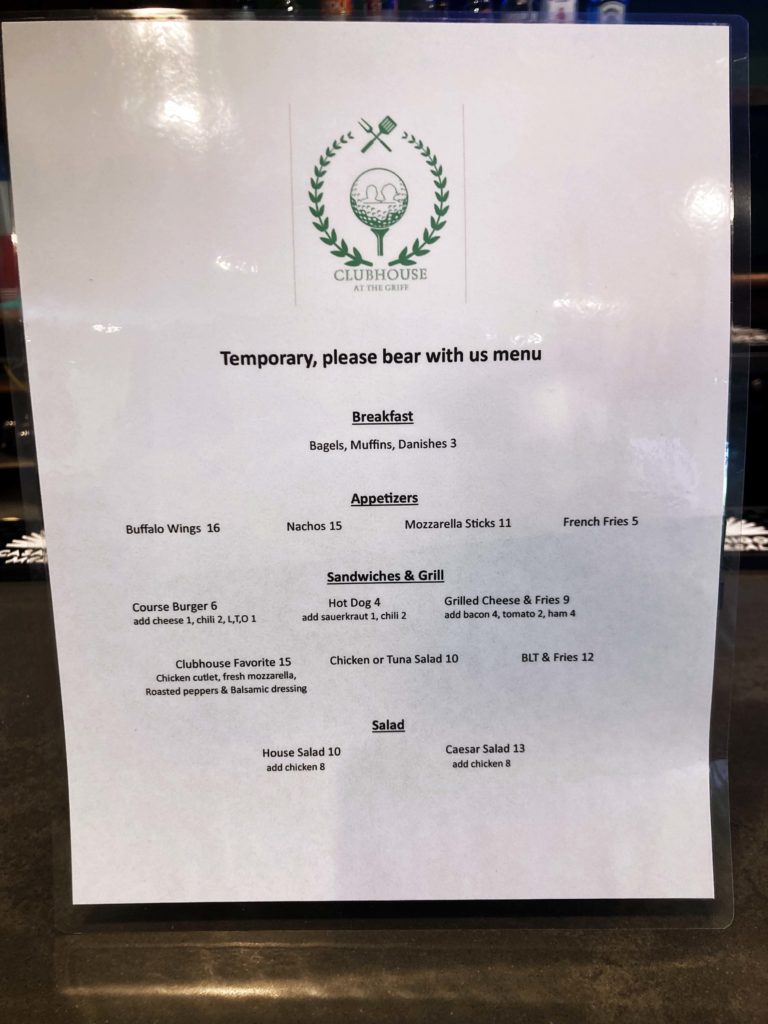By Julia Barcello
Lauren Berger and Marla Felton, the founders of the REAL Cookie, a Cookie Company dedicated to using all-natural ingredients, have dedicated their time to educating the younger generation about natural eating. The entrepreneurs had the opportunity to visit Julian Curtis Elementary School last Tuesday to speak with 5th-grade students about natural versus unnatural ingredients, followed by a class trip to Whole Foods to put what they learned to practice.
Through explaining the concepts behind “fresh fast food”, and having the students do a blind taste test on natural and unnatural food, Berger and Felton opened the students’ minds as they began to understand the significance of eating natural food.
Berger and Felton explained that “fresh food can be fast!” and provided people with long-lasting energy. Following this explanation one student realized, “That’s why [people] have sugar crashes.” As Berger explained the “fresh fast food” idea to the students, they began to understand that rather than eating at Mcdonald’s because you are in a rush, you can instead eat a salad.
In a one-on-one interview following the trip to Whole Foods, Berger and Felton stated that the most effective way to educate students on natural versus unnatural foods is “a combination of science, education, visuals, and physical interactions.”
To explain why it is vital to eat natural food, Berger and Felton explained the science behind eating healthy and how people can use their five senses to make healthy choices. One of the concepts students discussed was what our bodies are made up of; students learned that our bodies are made up of 60% water, helping them comprehend the value of deciding to drink water over juice.
Towards the end of the presentation, they were taught to be detectives when choosing what food to eat, and how to use their five senses to make the right choice. The class closed their eyes as they were given Doritos and its natural counterpart Red Hot Blues. Students were instructed to examine the color difference, feel dissimilarities, and notice if the chips taste different. “This one doesn’t feel like a Dorito,” stated one student when touching the Red Hot Blues chip.
An overwhelming majority of students voted that Red Hot Blues chips tasted better.
The marketing behind companies was also explained. Students understood that companies use vibrant colors such as red and yellow to attract customers. “Products add colors to catch your eye!” exclaimed a student.
Post taste testing, the nutrition labels were read aloud by students. When taught what each unnatural ingredient was, students were shocked. “So I’m eating chemicals,” one student questioned. “That stuff is kinda toxic,” another student exclaimed. Berger informed them, “the shorter the ingredient list, the better.”
At Whole Foods, the students learned where to find fresh produce and where to see the nutrition labels. The students were in awe when learning about the different types of meat and vegetables. After learning about fresh produce, the students ventured to the cosmetics aisle where they learned that even soaps and hair products are better natural. Felton explained to the students that what you wash your face with impacts how healthy your skin is, continuing the common theme that natural products are healthier.
Berger and Felton explained that practical application is the best way to educate children. Through their teaching methods, students were able to apply what they learned in the classroom, and understand the importance of natural eating.




